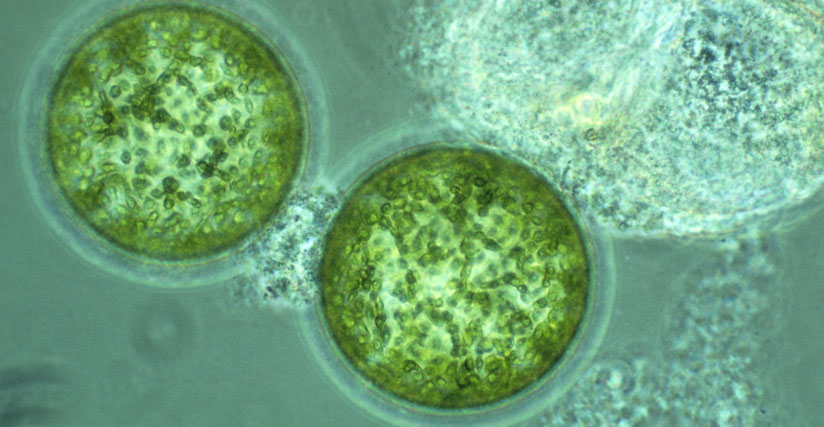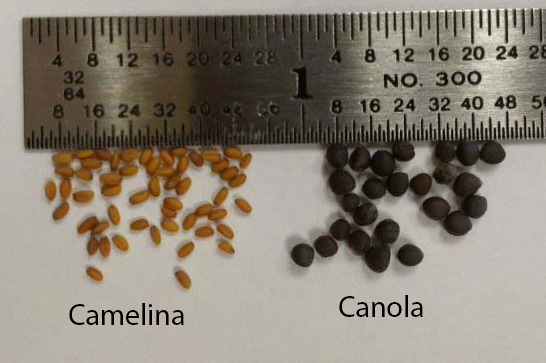
Feedstock
-
Basics (Click for more)
- Publications
- Technical Notes
- Videos
-
Literature
- Links
Algae

Microalgae has the potential to become the most important renewable fuel crop. Although algae has several advantages over other oil crops, here are the main reasons algae is so important:
- A higher photon conversion efficiency (approximately 3–8% against 0.5% for terrestrial plants), which represents higher biomass yields per hectare) and growth at high rates (e.g. 1–3 doublings/day)
- It can be used to recycle nutrients such as nitrogen and phosphorous from a variety of wastewater sources (e.g. agricultural run-off, concentrated animal feed operations and industrial and municipal wastewaters) providing the additional benefit of wastewater bioremediation
Up to a 1000 gallons of biodiesel can be produced per year from an acre of land. The cost of production is the main hurdle in making a algae biodiesel is a success.
Camelina

Camelina (Camelina sativa) is an oilseed crop of the Brassicaceae family similar to mustard, canola, and rapeseed. It is a relatively new crop in the U.S. and is currently grown on approximately 20,234 ha (50,000 acres) of land, primarily in Montana, eastern Washington, and the Dakotas.
The fatty acids in camelina oil are primarily unsaturated, with only about 12% being saturated. About 54% of the fatty acids are polyunsaturated, primarily linoleic (18:2) and linolenic (18:3), and 34% are monounsaturated, primarily oleic (18:1) and eicosenoic (20:1). This makes it a better cold weather fuel than soy methyl esters, but with a higher gel point than canola methyl esters.
Tweet